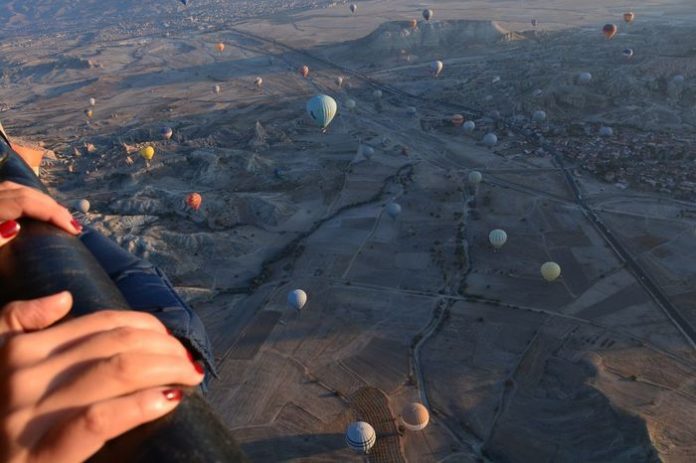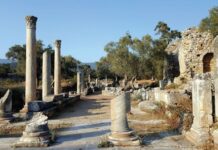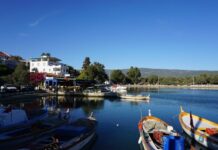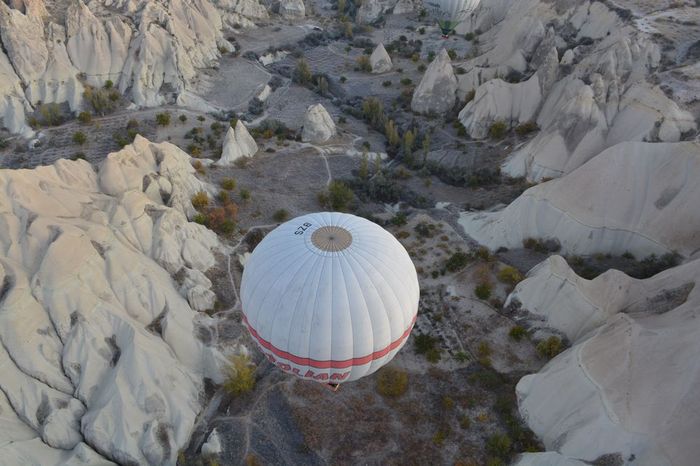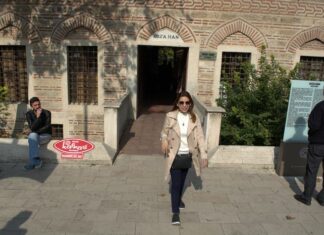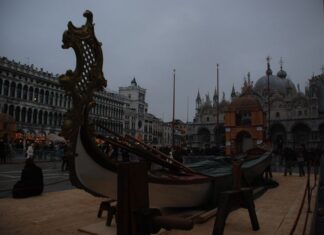A Journey into the Past
Kusgunjuk, the following village, named after Kusgun-baba, a saint who lived during Muhammad II.’s time, is predominantly inhabited by Jews, serving as the residence of the Chief Rabbi. Just below the village lies Okuz-Liman (‘ox-haven’) [see pp. 180, 181]. This location once housed the stone statue erected by the Byzantines for Damalis, wife of Athenian general Chares, whose name translates to ‘heifer.’
Kusgunjuk Tracing History and Culture
The subsequent stop is Skutari, or more accurately Uskudar. This area holds significance for Britons due to Miss Florence Nightingale’s dedicated service to British wounded soldiers from the Crimea. While the village may lack visual appeal, it is worth exploring for the Howling Dervishes’ convent, Thursday afternoon performances, Mount Bulgurlu’s panoramic views, and visits to the Turkish and British Cemeteries. Additionally, Skutari provides travelers with the unique opportunity to set foot in Asia. At the landing-stage, there are numerous closed and a few open two-horse cabs available for hire. A popular trip includes a visit to Mount Bulgurlu Beylerbey Palace, through the Turkish Cemetery to the British Cemetery and back to the Dervishes, costing 35 to 40 piastres (5s. 10d. to 6s. 8d.) and lasting half a day.
Bridging Continents and Centuries
Levantines refer to the place as Skutari, a derivative of the Persian word ‘Uskudar,’ meaning ‘courier.’ This term originates from Skutari serving as the western terminus for the ancient Persian postal service of mounted couriers. Positioned on the site of ancient Chrysopolis (Gold Town), Skutari has historical significance, having been a toll collection point for Persians on ships passing through the Straits. Xenophon once halted here during his retreat with the survivors of the Ten Thousand. On the heights, Constantine the Great achieved victory over Licinius Guided Istanbul Tour Whirling Dervishes, securing his dominance over the Roman Empire. Under Turkish rule, Skutari has witnessed numerous disturbances, particularly during Sultan Suleiman II’s reign. As the largest suburb of Constantinople, it boasts a population of approximately 50,000.
